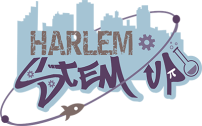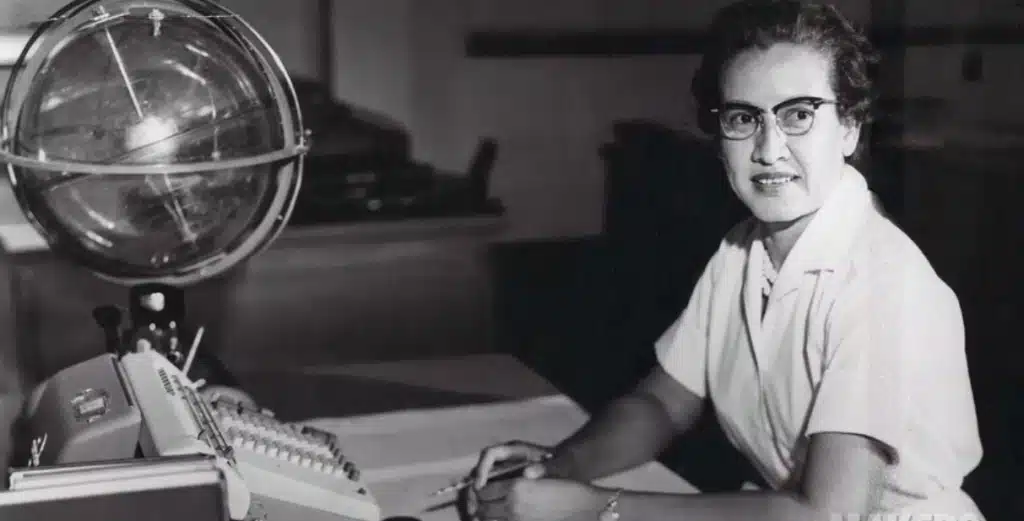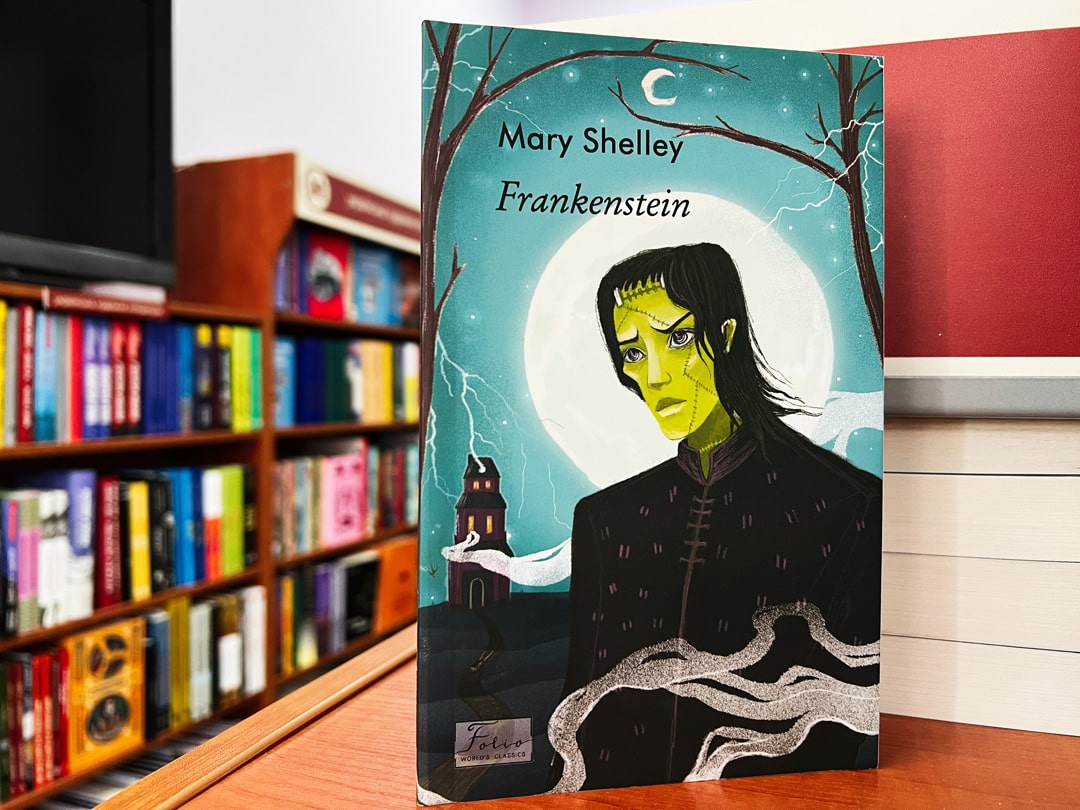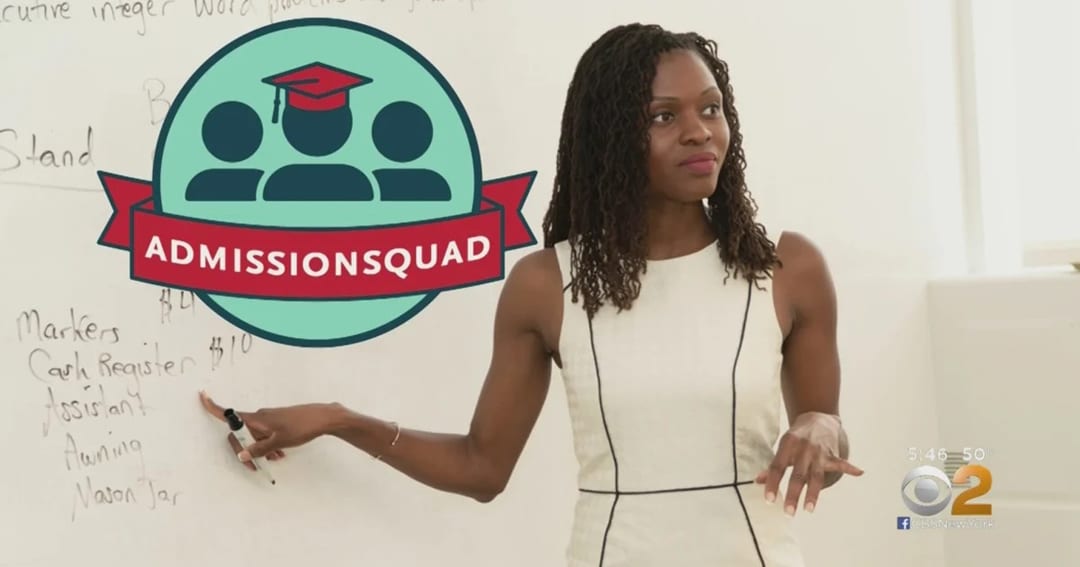On July 20, 1969, something extraordinary happened. More than 600 million people around the world watched as astronaut Neil Armstrong took his first steps onto the surface of the Moon and delivered the now-famous words:
“That’s one small step for [a] man, one giant leap for mankind.”
But behind that “giant leap” were thousands of smaller steps taken by engineers, coders, mathematicians, mission planners, welders, and technicians working together across the country to make it happen. And many of them looked like us.
The Hidden Figures of the Space Race
While Armstrong, Aldrin, and Collins became household names, the Apollo 11 mission also depended on the brilliance and precision of people who often went unrecognized. Among them were Black women like Katherine Johnson, a NASA mathematician whose trajectory calculations ensured the crew’s safe return. Her work—once unseen—has since become a symbol of what Black excellence in STEM has always contributed to the nation’s greatest breakthroughs.
At Harlem STEM Up, we believe that celebrating Apollo 11 is a chance to talk with students about curiosity, teamwork, and the power of dreaming beyond the horizon.
Why Apollo Still Matters
Apollo 11’s legacy helps to shape how we think about STEM education and opportunity today.
- It was a triumph of collective effort. The Moon was the result of thousands of people working across disciplines and departments—just like STEM teams do today.
- It showcased the power of applied learning. The technologies that helped get humans to the Moon came from people trained in math, engineering, chemistry, and physics—and many of them learned through hands-on problem-solving and apprenticeships.
- It showed the importance of access and inclusion. For every name we know, there were others left out of the spotlight. Apollo 11 reminds us that talent exists everywhere—but opportunity doesn’t. That’s what Harlem STEM Up is here to change.
From the Moon to Our Classrooms
For many students, especially those underrepresented in STEM, learning about missions like Apollo 11 can open up powerful questions:
How do rockets work? What does it take to land on the Moon? What kind of jobs are needed to make a mission like that happen? Could I do that, too?
This summer, learning about Apollo 11 can help young people see themselves as scientists, engineers, coders, and explorers. Here’s how:
- Watch Hidden Figures and talk about the real NASA heroes behind the scenes.
- Check out NASA’s Apollo history page for free articles, timelines, and interactive features.
- Head to your local library or bookstore and check out children’s books like Mae Among the Stars or Look Up! by Nathan Bryon.
Harlem STEM Up: Creating Future Firsts
We’ve seen what happens when Black and Latinx youth are given the chance to explore, build, and question the world around them. This July 20, take a moment to reflect on how far we’ve come—and how far we still have to go. Encourage a young person in your life to wonder, to tinker, to ask, “What would happen if…?”
Because the next giant leap in science might just start at your kitchen table, in your local library, or during an afterschool program in Harlem.
Let’s help them take that first step.



